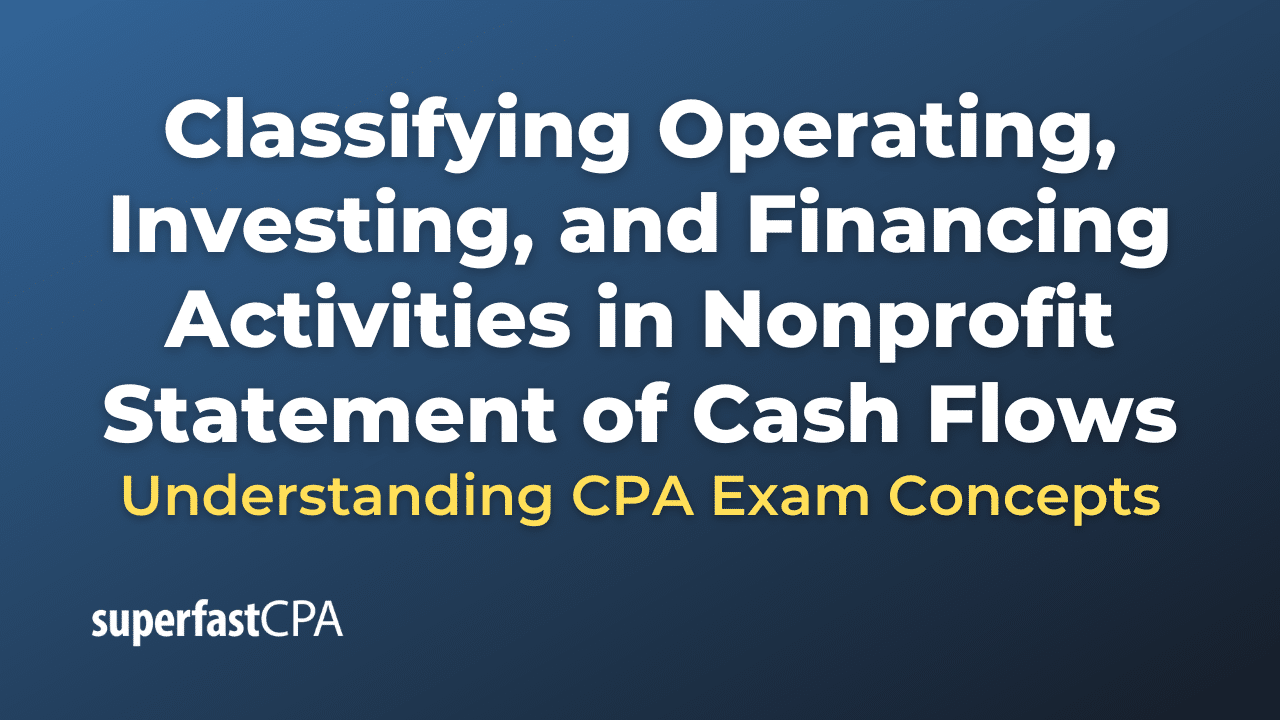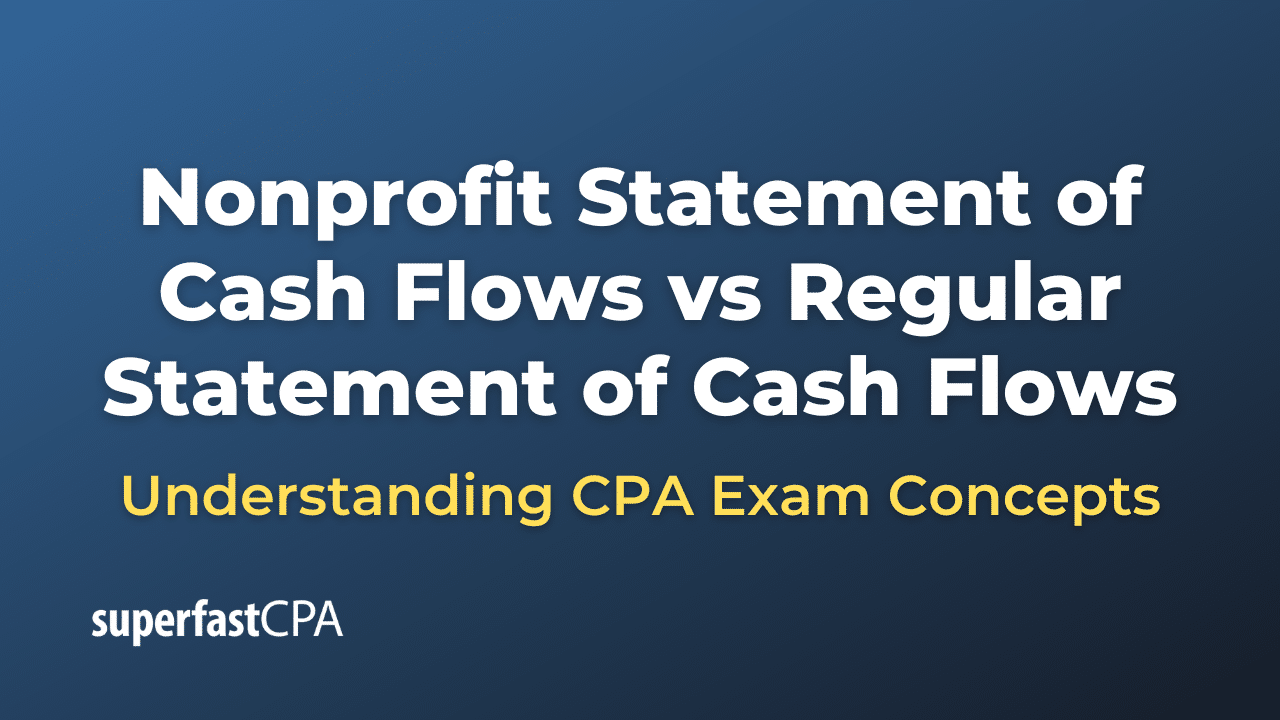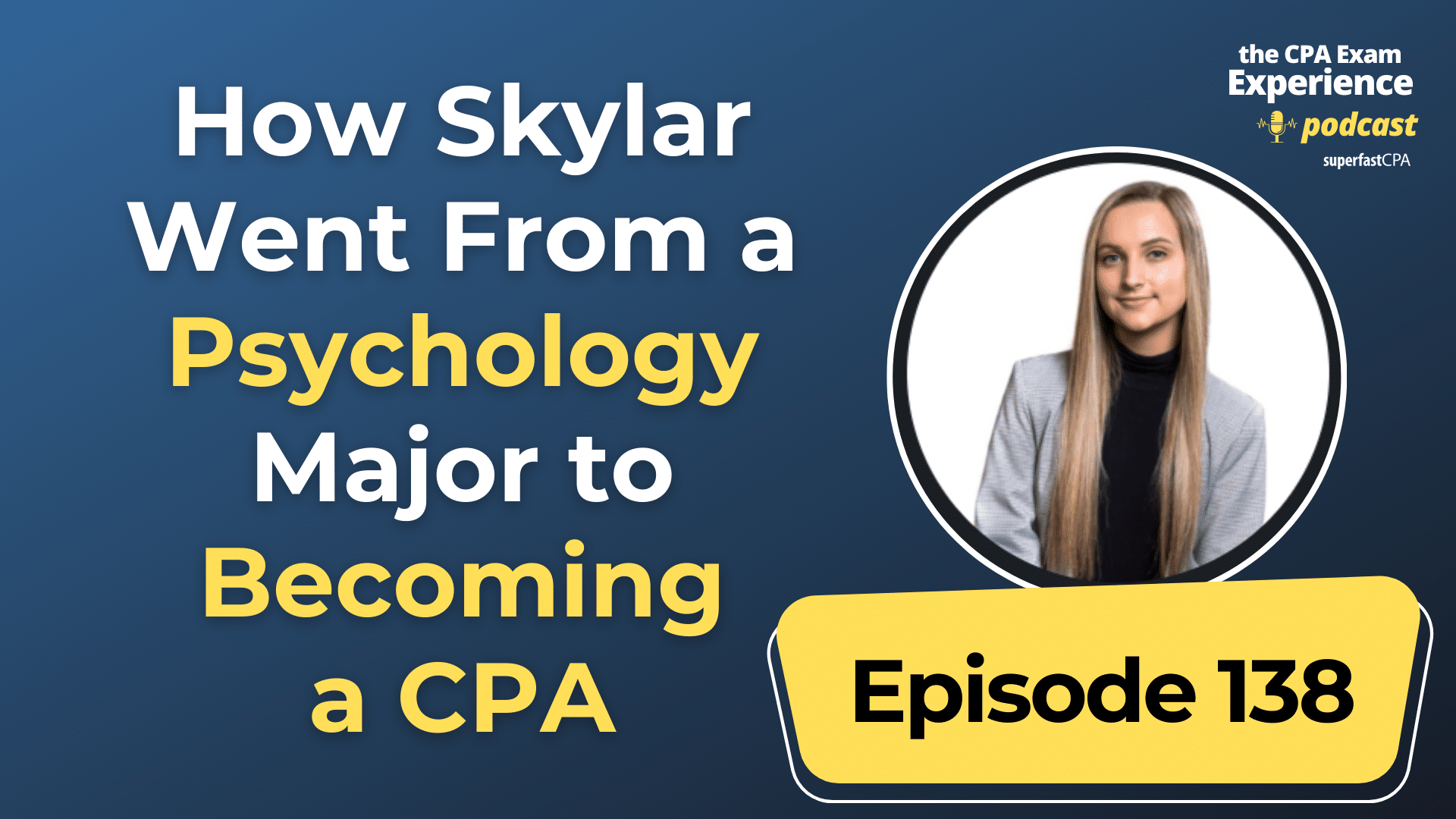Accounting Cost
An accounting cost, also known as an explicit cost or a booked cost, is a monetary expense that a company incurs during its business operations and records in its financial statements. Accounting costs represent the actual out-of-pocket expenses that a company pays for resources such as labor, materials, equipment, rent, utilities, and other goods and services needed for its operations.
These costs are recorded as expenses in the company’s income statement and can be classified into various categories, such as:
- Fixed costs: Costs that remain constant regardless of the level of production or sales, such as rent, insurance, and depreciation.
- Variable costs: Costs that change in direct proportion to the level of production or sales, such as raw materials, direct labor, and shipping costs.
- Direct costs: Costs that can be directly traced to the production of a specific product or service, such as raw materials and direct labor.
- Indirect costs: Costs that cannot be directly traced to a specific product or service but are necessary for the overall operation of the business, such as administration, marketing, and utilities.
Accounting costs are an essential component of financial reporting and decision-making, as they provide information on the company’s profitability, cost structure, and efficiency. By analyzing accounting costs, management can identify areas for cost reduction, improve resource allocation, and evaluate the financial viability of projects or investments.
It is important to note that accounting costs do not include implicit costs, also known as opportunity costs, which represent the foregone benefits of choosing one alternative over another. While implicit costs do not involve direct monetary payments and are not recorded in financial statements, they are crucial for economic decision-making and evaluating the true cost of a particular course of action.
Example of an Accounting Cost
Let’s consider a fictional bakery called “Sweet Delights” to illustrate the concept of accounting costs in a real-life scenario.
Sweet Delights incurs various accounting costs to produce and sell its baked goods. Some of these costs include:
- Fixed costs: a. Rent: Sweet Delights pays $2,500 per month for its bakery shop’s rental space. b. Insurance: The bakery pays an annual insurance premium of $1,200 for property and liability coverage. c. Depreciation: Sweet Delights has baking equipment that depreciates by $400 per month.
- Variable costs: a. Raw materials: The bakery spends $3,000 per month on ingredients such as flour, sugar, butter, and eggs. b. Direct labor: Sweet Delights has three full-time bakers, each earning $2,500 per month, for a total of $7,500 per month in direct labor costs. c. Utilities: The bakery’s electricity and gas usage for baking and heating/cooling the shop amount to $600 per month.
- Direct costs: a. Sweet Delights can directly trace the cost of raw materials ($3,000 per month) and direct labor ($7,500 per month) to the production of its baked goods.
- Indirect costs: a. Administrative expenses: The bakery pays a part-time administrative assistant $1,000 per month to manage its finances, payroll, and other office tasks. b. Marketing: Sweet Delights spends $500 per month on advertising, social media promotion, and website maintenance.
Sweet Delights records these accounting costs as expenses in its income statement. By analyzing these costs, the bakery’s management can assess its cost structure, profitability, and efficiency. For instance, they may look for ways to reduce variable costs by negotiating better deals with suppliers or optimizing their production processes. Additionally, by understanding the relationship between fixed and variable costs, the bakery can better forecast its break-even point and make informed decisions about pricing, production levels, and potential expansion.
In this example, Sweet Delights demonstrates how accounting costs are an essential part of a business’s financial management and decision-making processes.














